Head injuries are preventable, and the simple solution is to wear a helmet. Especially, high-speed collisions and falls are common risks associated with winter sports. If you are a winter sports enthusiast, this article is going to be more than helpful for you.
So, let’s dive in together!
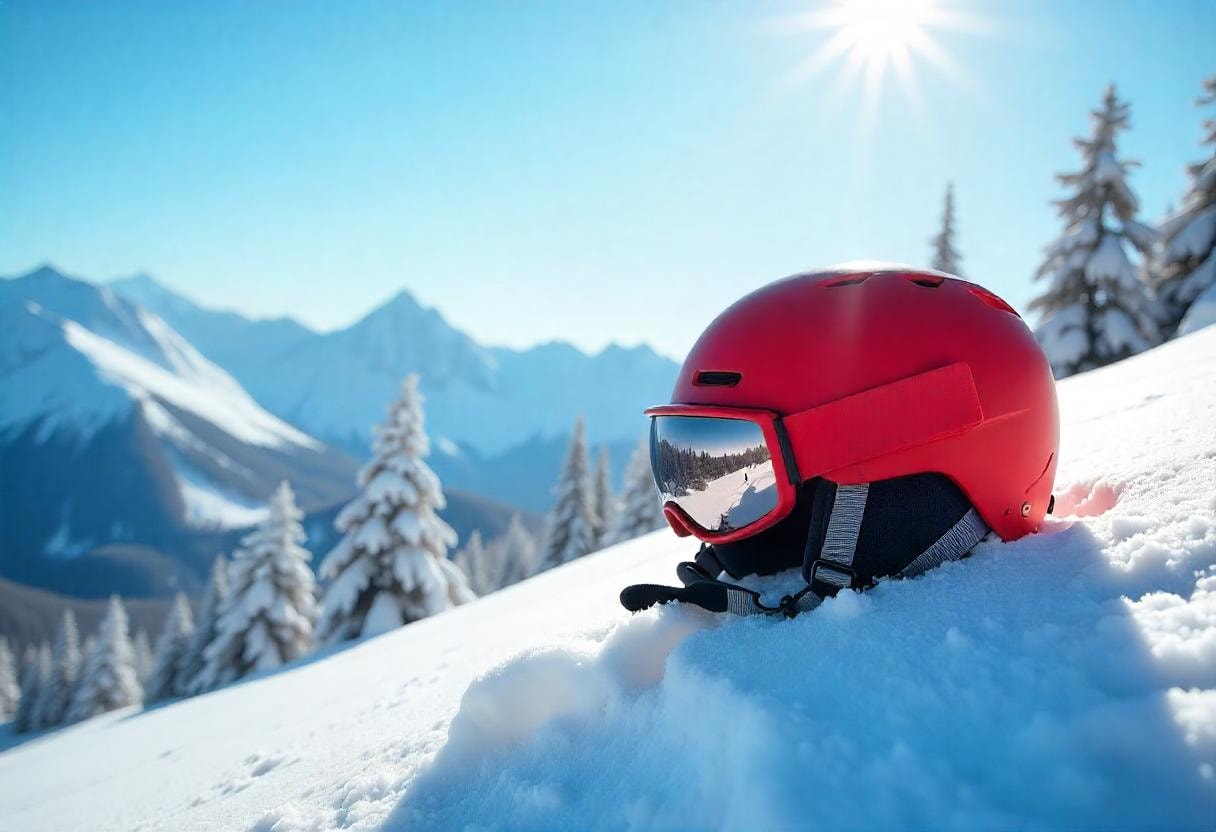
Why Wearing a Ski Helmet Matters: Protection, Benefits, and Safety Culture
Here are some convincing reasons why helmet safety matters a lot:
Serious Risks Demand Serious Protection
With thrill comes risk. This rule applies to almost any kind of adventurous sports, including skiing. High-speed falls are frequent and can cause brain injury and death. Serious head injuries like skull fractures, concussions, or Traumatic Brain Injuries (TBIs) are common.
Helmets lower the risk of head injuries by 63% to 88%. It could also minimize the rate of fatality during low-speed collisions with poles or trees by absorbing the first impact. Hence, helmets can help skiers to enjoy their sport and prevent injuries.
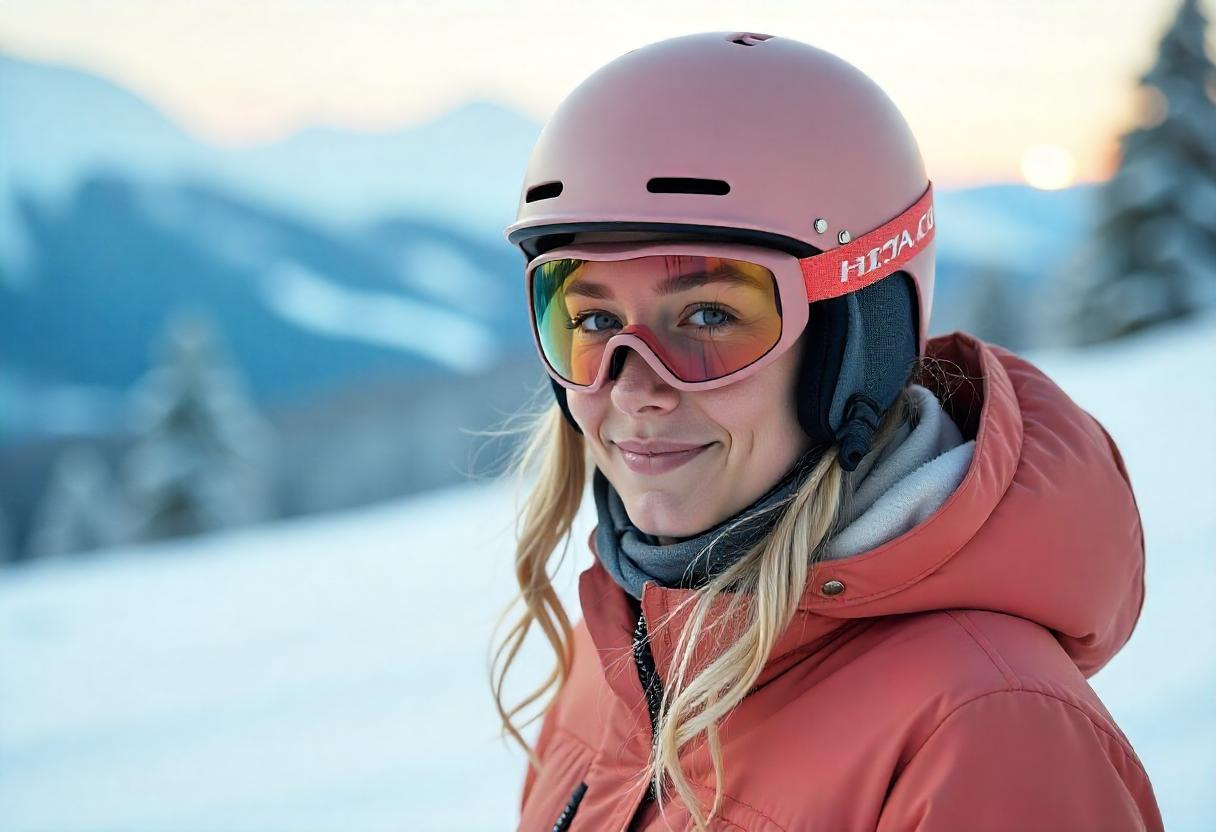
Psychological and Practical Benefits
Besides offering protection, wearing a ski helmet can be beneficial in several other ways, including:
Boosts Confidence: Kids and beginners feel secure while wearing a ski helmet, giving them the much-needed confidence during their learning days.
Modern Features: Helmets have been revolutionized and offer features like lightweight construction, ventilation controls, adjustable fit systems, and built-in audio. Features like these are bound to enhance your skiing experience.
Comfort & Convenience: Ski helmets also ensure a comfortable ride down the slope by providing you warmth and reducing air noise. You can also integrate these helmets with balaclavas and goggles.
Promotes a Safety Culture
Wearing a ski helmet helps promote a safety culture. For instance, many ski resorts and schools consider helmets mandatory. Parents can also help their kids develop a habit of wearing helmets at an early age. Furthermore, experienced skiers can educate newbies on helmet safety.
Types of Helmets and How They Work
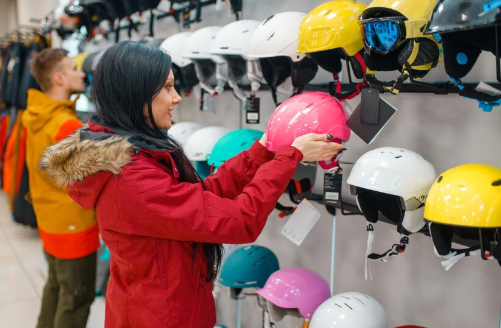
A variety of helmets are available on the market, each serving a specific purpose. Below are the different types of helmets:
Ski/Snowboard Helmets: These helmets are specifically designed for skiing in extreme cold weather conditions. Some common features are thermal insulation, goggle compatibility, and venting systems.
Motorcycle Helmets: These are among the most sturdy helmets, offering heavy-duty protection against high-speed falls or collisions. A few design features include reinforced chin bars, face shields, and a hard outer shell.
Bike Helmets: They are similar to motorcycle helmets but are relatively lighter and have an aerodynamic design. A few bicycle helmets are designed with extended coverage to protect the chin area.
Football Helmets: These helmets feature a sturdy outer shell with thick padding on the inside. For collision protection, football helmets offer a robust safety system in the form of a titanium or stainless steel face mask.
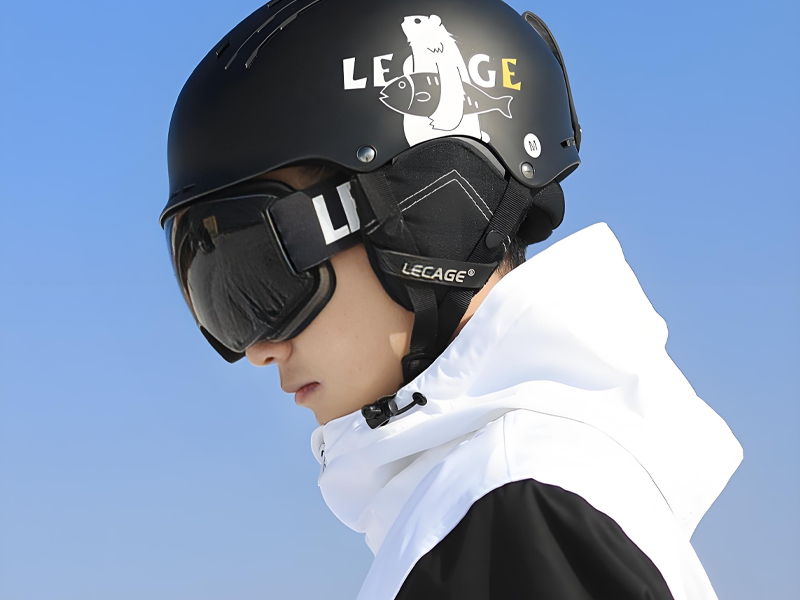
Helmet Construction
Wearing a well-built helmet reduces the risk of injury. Helmets vary depending on their construction. Mostly, they have an outer shell made of carbon fiber, polycarbonate, or fiberglass for better impact protection.
The inner liner consists of EPS (Expanded Polystyrene) for better impact absorption. For added comfort, manufacturers also introduce soft padding.
How Helmets Absorb and Disperse Impact
When a collision happens, the hard outer shell disperses the force around the head. The EPS liner slows the deceleration and minimizes the impact.
Some advanced helmets utilize innovative features, such as Multi-Directional Impact Systems (MIPS). This mechanism helps lower rotational forces, hence preventing concussions.
How to Wear a Ski Helmet Correctly

Being a skier, you can prevent a head injury if you know how to wear a helmet. To ensure this, just follow these helmet-wearing tips:
Correct Positioning and Proper Fit
-
A helmet should stay above your eyebrows. It must sit level on the head without tilting forward or backward.
-
The helmet needs to fit correctly. Make sure to adjust the dial for a snug fit. Besides, if you feel pain or discomfort, re-adjust the helmet.
-
Fastened the chin strap properly. Your helmet is secure if only two fingers fit between your chin and the strap.
Goggle Integration
-
When wearing goggles with a ski helmet, make sure there are no gaps. Your goggles must sit against the brim of your helmet.
-
You also need to adjust the venting system to align it with your goggles.
-
Secure your goggles over the rear vent of a helmet using the goggle strap.
Common Mistakes to Avoid
-
Avoid using a helmet if it tilts forward or backward.
-
Don’t risk your life by using a helmet with an unbuckled chin strap.
-
Using the wrong size helmet can prove fatal, so don’t make this mistake.
-
Don’t forget to perform regular inspections of your helmet. If it shows early signs of wear & tear, consider buying a new one.
Kids and Helmet Safety: Special Considerations
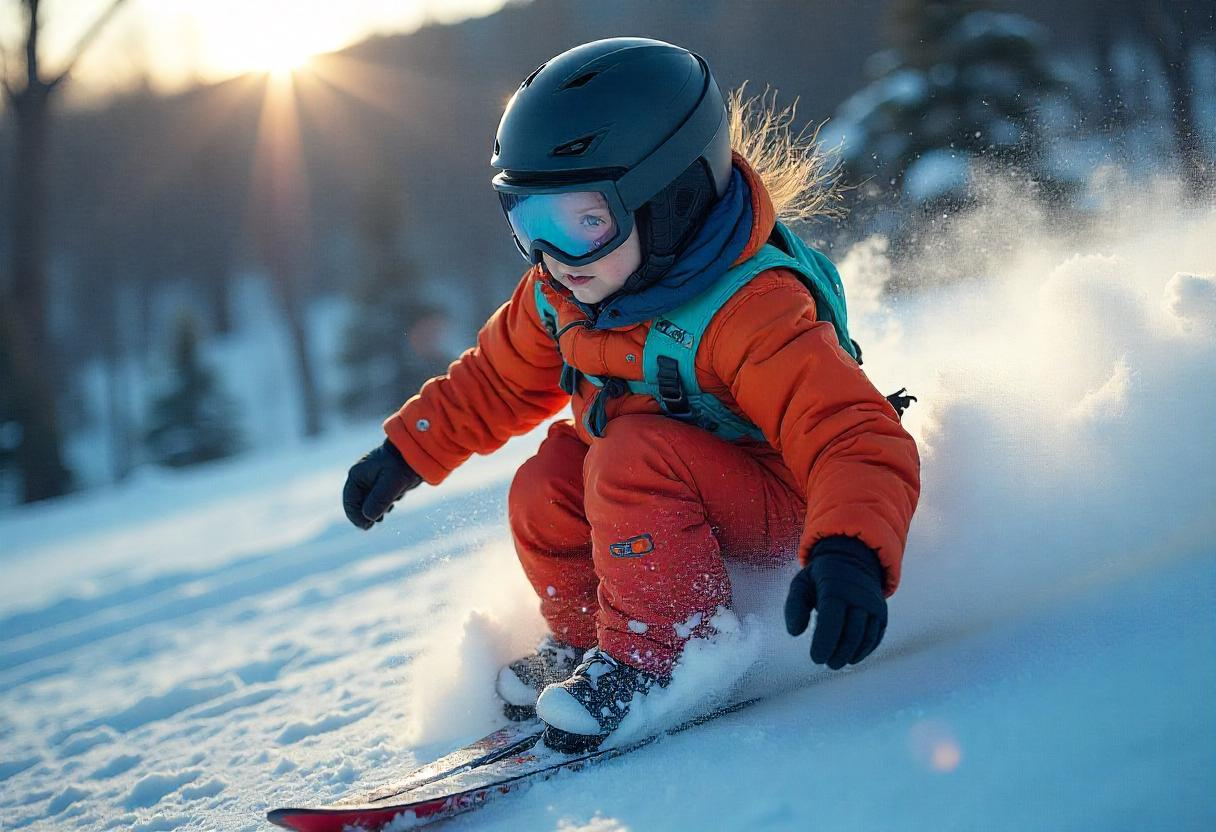
If you wonder why kids have to wear helmets, here are the undisputed reasons:
-
No doubt, helmets are crucial for the safety of young skiers. As the brain is continuously developing, a kid’s skull is relatively soft. Hence, more prone to injuries.
-
Children aren’t skilled enough to avoid frequent falls, which means they fall a lot. This is why helmet safety is crucial for children.
How to Convince Kids to Wear Helmets
Wearing a helmet can be fun when your kids are involved in winter sports. Here are the ways to get your kids to wear a helmet without being forced:
-
Let kids personalize their helmets the way they like. For instance, they can give a new look to a boring helmet using stickers and cool brush paint.
-
Always choose a helmet that feels comfortable to wear and is lightweight too. This will help kids get used to wearing a helmet.
-
Adults must explain to their kids why it is essential to wear a helmet.
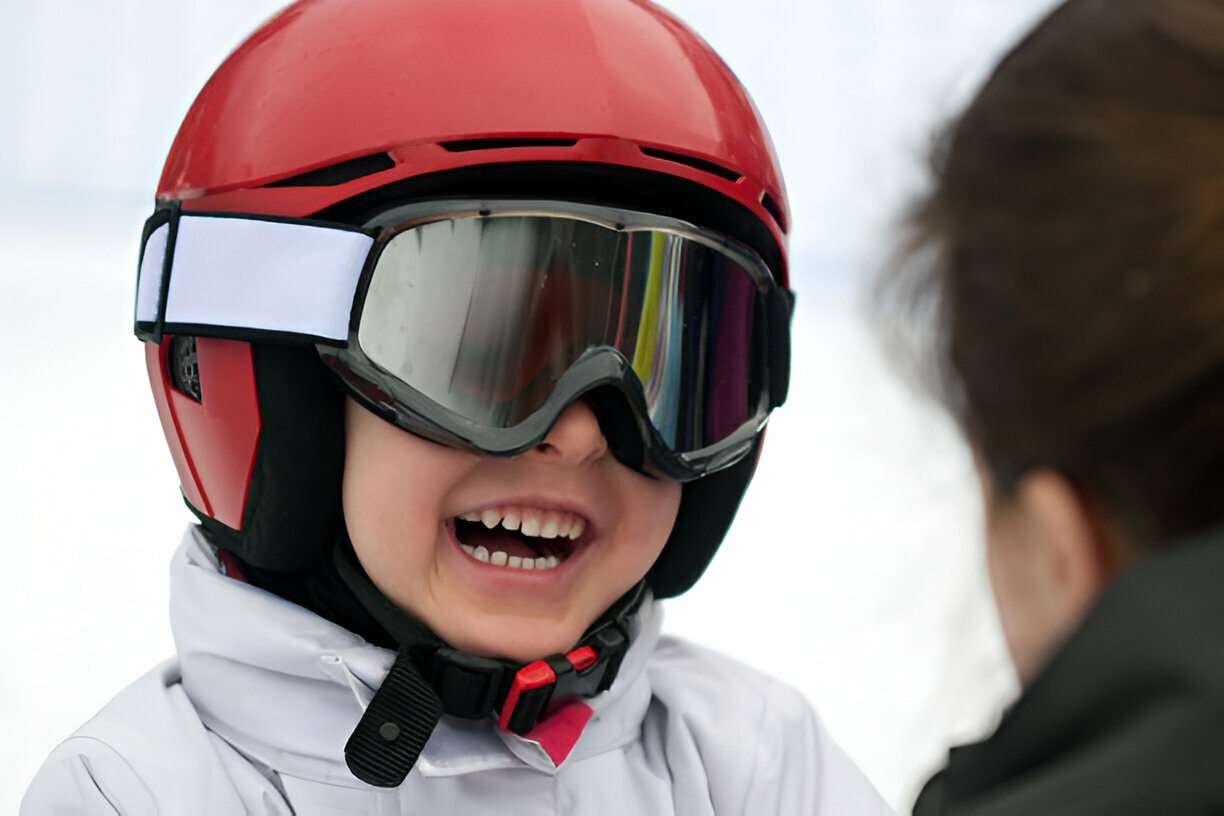
How to Choose a Certified, Well-Fitting Helmet
A certified and well-fitting helmet can prevent head injuries to a great extent. Your helmet must meet safety requirements based on the activities you perform.
Listed below are the types of helmets for different activities and their certifications:
-
Skiing or Snowboarding helmets require certifications such as ASTM F2040 or CE EN 1077.
-
Cycling helmets require certification, such as CPSC (U.S.) or CE EN 1078.
-
UIAA or CE EN12492 standards are essential for Climbing or Mountaineering helmets.
-
Helmets used in Motor Sports and similar other types of helmets should meet ECE, DOT, or Snell ratings.
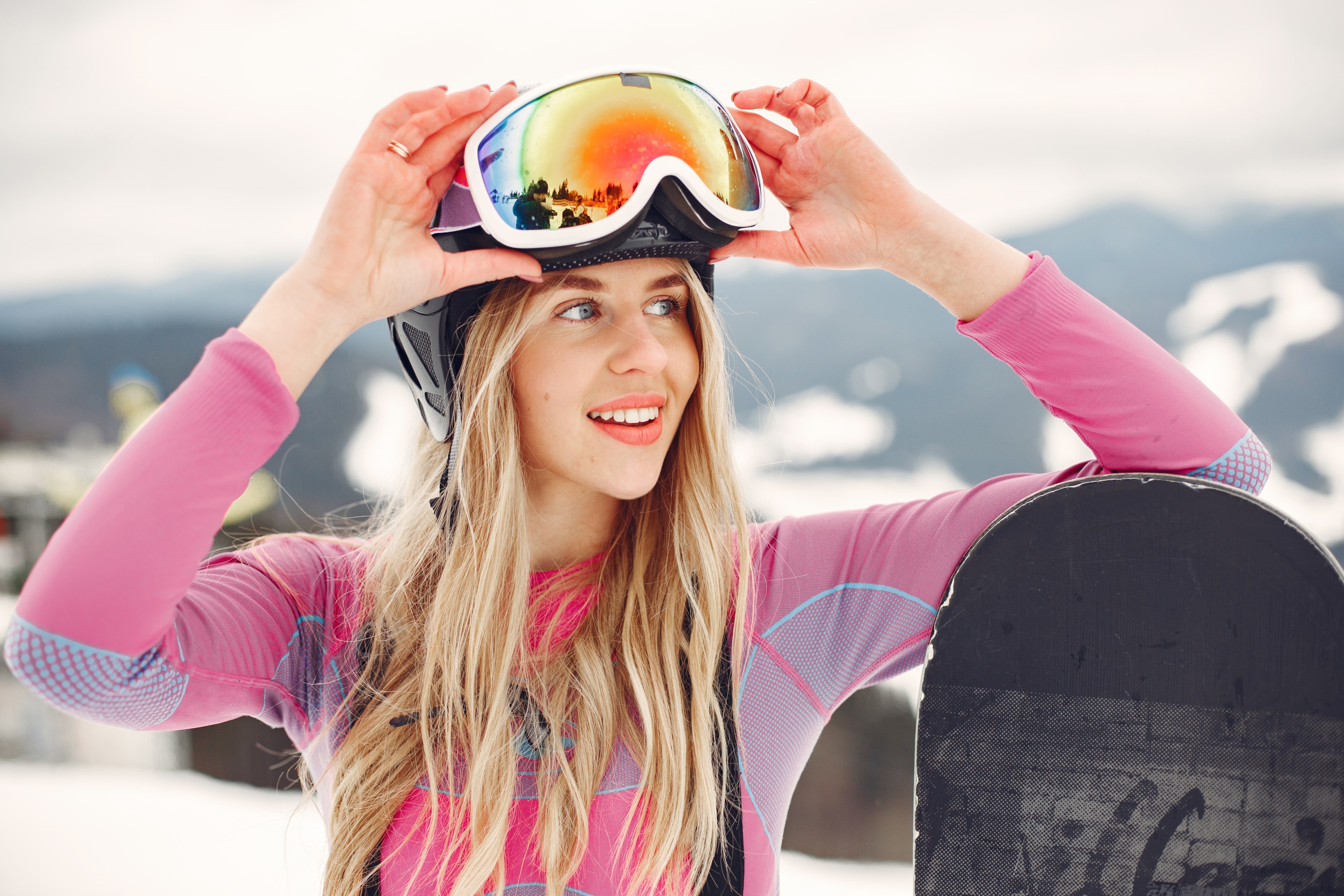
Safety Tests
To meet safety standards, helmets undergo a variety of rigorous impact tests. These include:
-
Impact Resistance Test: This test helps analyze the strength of a helmet by simulating crash scenarios. This test also monitors impact energy.
-
Penetration Tests: If a helmet prevents penetration of a sharp object into the outer shell, it passes the penetration test.
-
Strap Strength Tests: This test is performed to ensure that a buckle stays intact in case of an accident.
Choose a Helmet that Fits Right
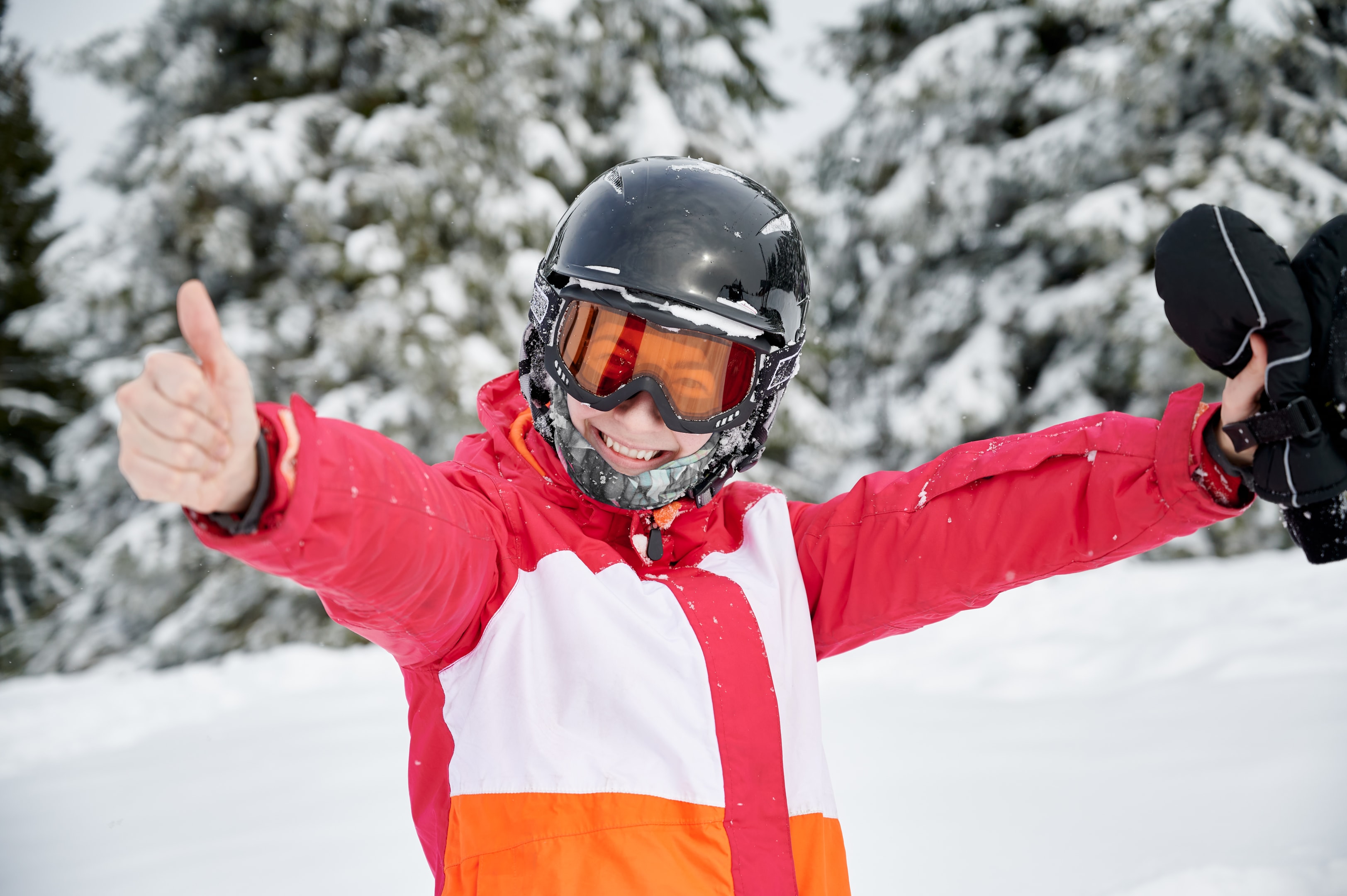
Consider these tips before buying a helmet.
-
Measure your head using a soft measuring tape. This is because sizes vary among brands. Once you have the measurement, refer to the size chart for the particular brand.
-
Look for a helmet that is neither too tight nor too loose. It should give a snug fit without causing any pain or discomfort.
-
Check the strap and its buckle. If it's too tight, find another one. Shake your head slightly to see whether your helmet stays in place.
-
Also, try wearing your goggles with your new helmet to avoid any compatibility issues with your other helmets.
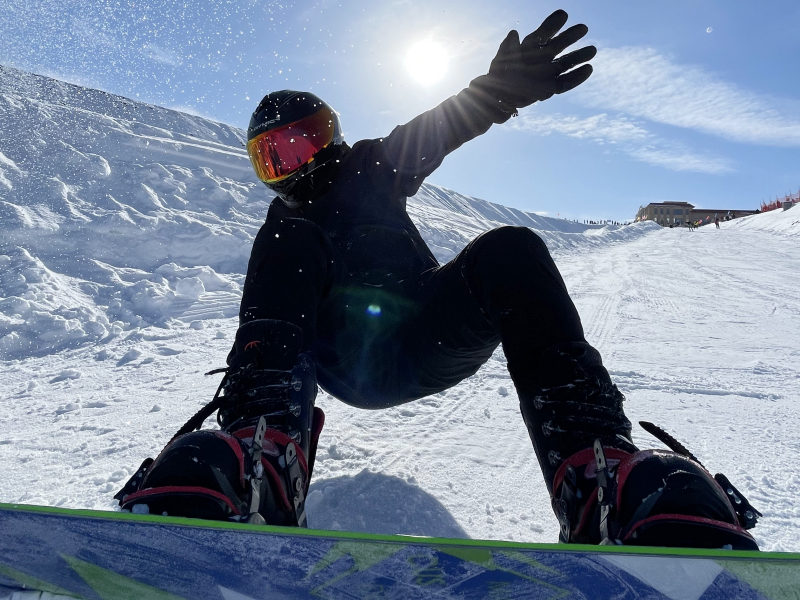
Key Features for Comfort & Safety
Not all helmets are created equal. A top-notch helmet always comes with some unique and impressive features. A few of these are:
Unmatched Adjustability: This feature allows you to adjust your helmet for a secure and comfortable fit. Look for a dial-fit mechanism for a hassle-free adjustment.
MIPS Technology: Helmets equipped with this feature can reduce rotational forces during angled impacts. This feature is highly recommended.
Ventilation: For a comfortable ride, proper ventilation is essential. Always look for a helmet offering an adjustable venting system.
Special Considerations for a Child's Helmet
Keep in mind these essential factors when buying helmets for kids:
-
Don’t buy oversized helmets for kids. Instead, choose helmets with removable liners for extended use.
-
Find a helmet with easy-to-use buckles, making it easy for the kids to wear their helmets without any assistance.
-
Prefer bright color helmets, as they are easy to spot on snow or roads.
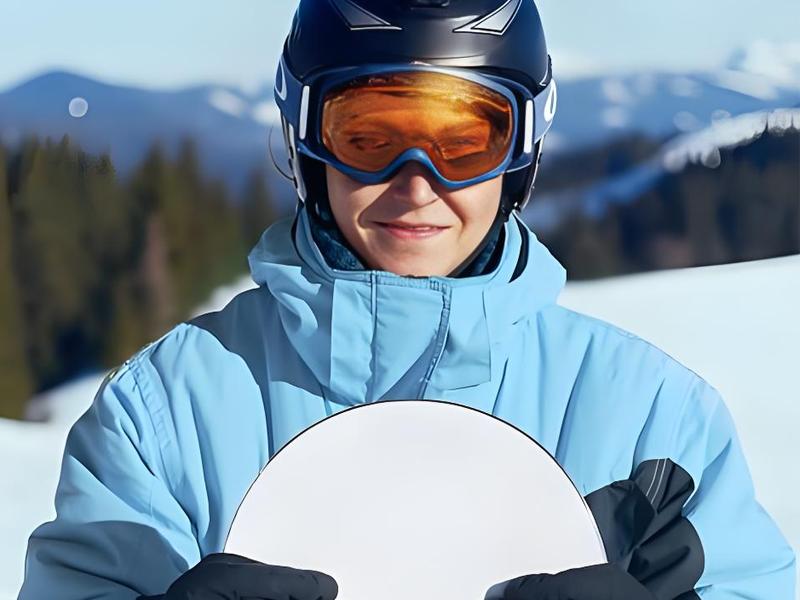
What Happens If You Don’t Wear a Helmet?
Apart from being thrilling and adventurous sports, snowboarding and skiing are extremely risky. In case of an accident, things can be much worse if you aren’t wearing a helmet. Injuries could range from mild concussions to fatal trauma.
Here’s why it is vital to wear a helmet.
Common Ski Accident Scenarios
-
Wearing a helmet during a collision with safety bars, trees, or rocks can prevent skull fractures or brain trauma.
-
Falling on hard ice can cause serious head injury and can be prevented by wearing a helmet.
-
A head-on collision with other participants can also cause brain trauma. A good quality helmet can prevent this from happening.
Real-Life Example: Olympic skier Mikaela Shiffrin survived a high-speed crash and credited her helmet for avoiding serious head injury. So, wearing a helmet can make a difference.
Helmet Maintenance and Replacement
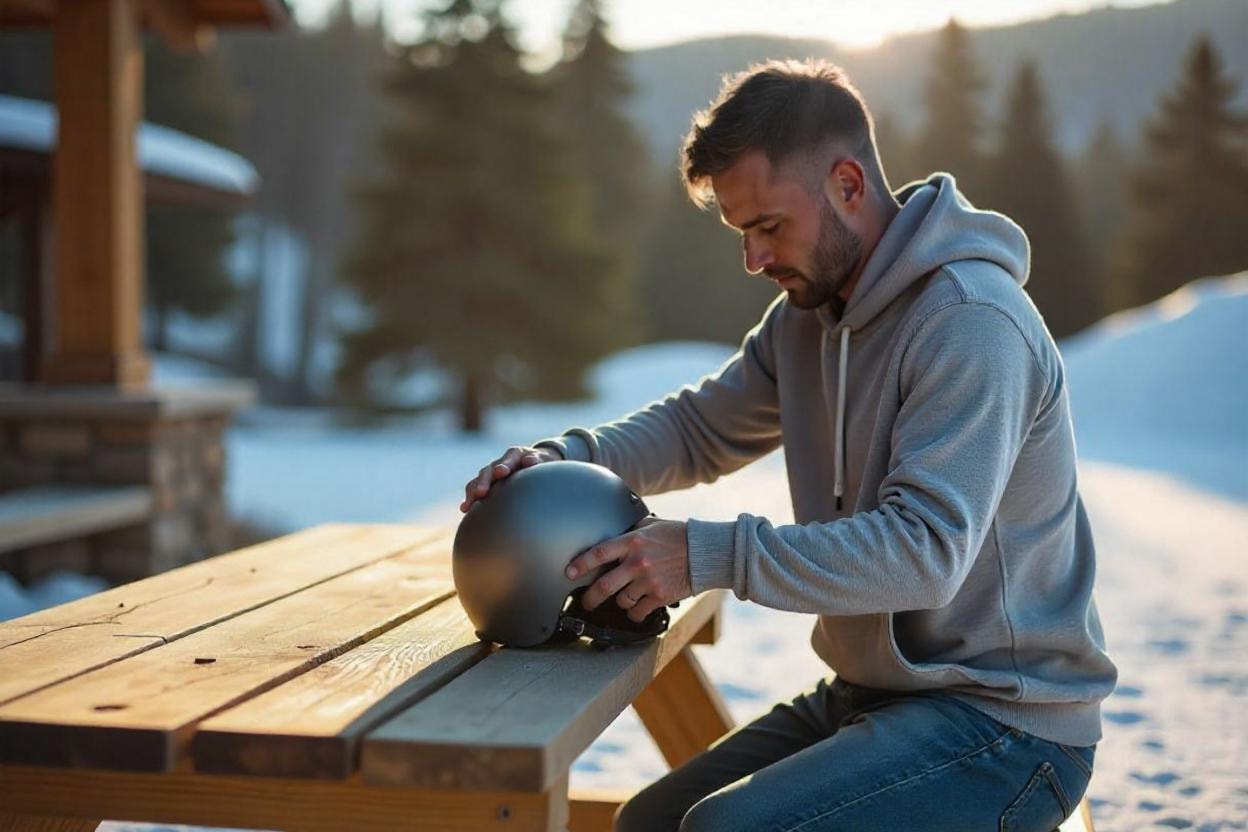
Keeping your helmet in good condition is essential. A well-maintained helmet continues to protect you for a longer period than expected.
Want to know helmet maintenance tips? Just continue reading:
-
Your helmet's structural integrity relies on the condition of its outer shell. Regularly inspect your helmet and look for minor cracks or deep scratches.
-
The inner padding performs the task of absorbing impact, so it should be in a good condition. Damaged interior reduces the degree of protection a helmet can offer.
-
Also, consider inspecting straps, buckles, inner linings, etc. Malfunctioning of these components can compromise your helmet's performance.
-
Make sure the venting system is unclogged and working properly.
-
Inspect the adjustment dial or any other adjustment system for extended safety.
-
Store your helmet in a cool & dry place, especially away from the sunlight.
When to Replace a Helmet?

Even a minor crash can damage or compress the inner lining of a helmet. Your helmet might look perfect, but its protection mechanism could have been compromised. Hence, you need to replace the helmet even after a couple of minor crashes.
The general replacement tenure for a helmet is 3 to 5 years. During this period, a helmet is exposed to a variety of impacts. Over time, the durability and strength of the materials also weaken.
Additionally, the latest helmets are more advanced and feature unique safety enhancements. So, it would be appropriate to replace your helmet after a couple of years.
Conclusion: Keep a Lid on It
Whether you are a pro skier or a beginner, wearing a helmet and other protective gear is the smartest choice for every skier. Helmets reduce the risk of skull fractures and other life-threatening brain injuries. Besides, modern helmets are convenient and comfortable, offering protection at no extra cost.
Wearing a helmet should be a non-negotiable part of your ski checklist.
Want to ski year-round in a safe, controlled environment? We're a leading ski machine manufacturer offering indoor simulators for all levels. Whether you're learning the basics or perfecting your turns, our realistic, helmet-friendly machines help you train anytime — no snow needed!
